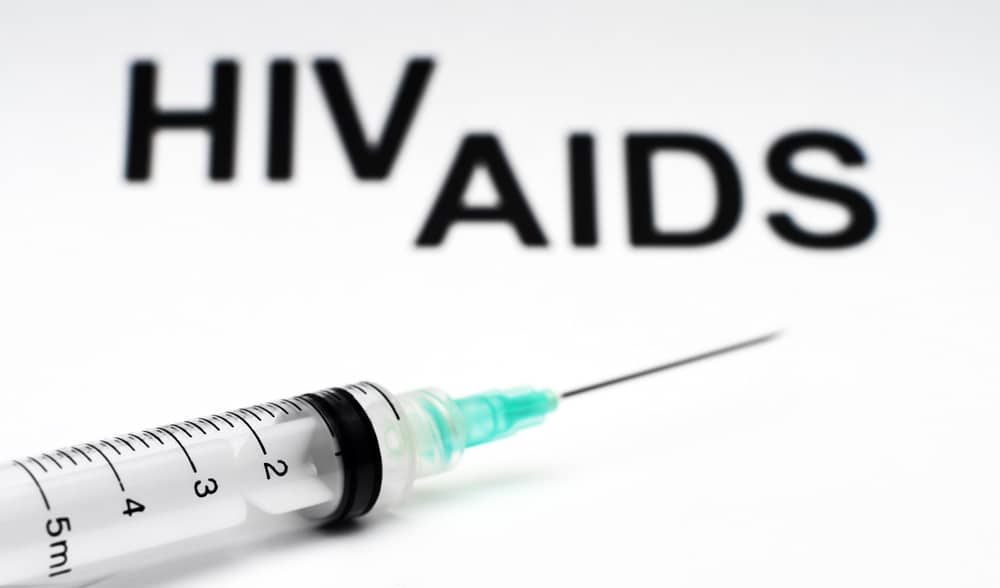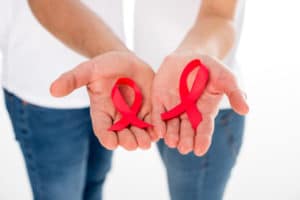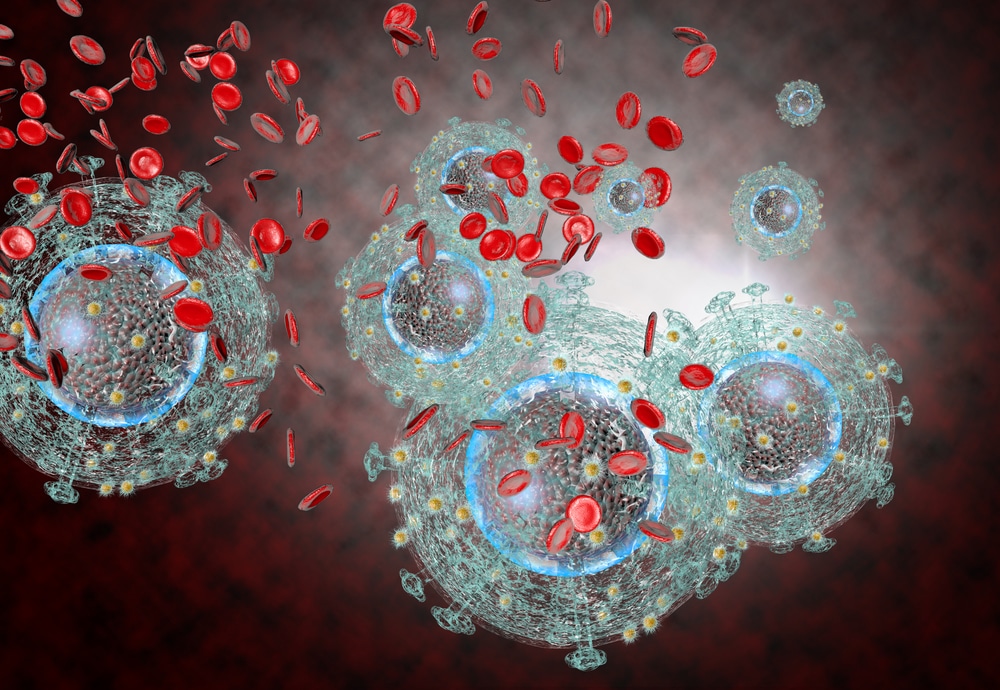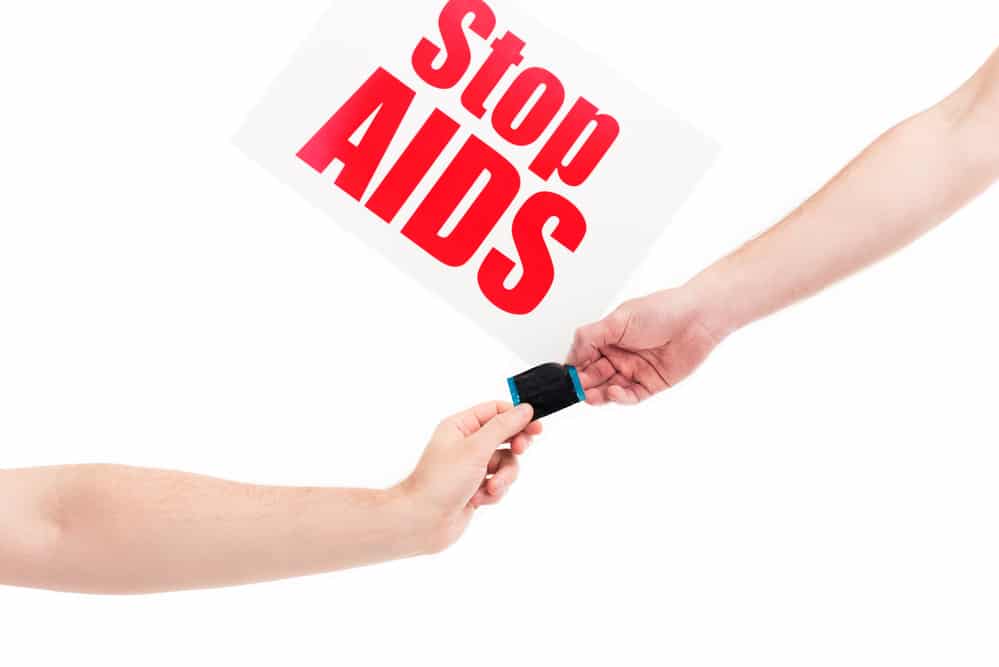The New York State Department of Health (NYS DOH) lists HIV infection and AIDS among the qualifying conditions for medical marijuana eligibility.
Medical marijuana is an alternative treatment for patients with severe debilitating or life-threatening health conditions. These patients must obtain a medical marijuana card to access medical marijuana products in New York.
With an MMJ card and a qualified doctor’s recommendation, you can purchase medical marijuana from dispensaries across the state. Visit our New York page to learn how to secure an MMJ card and access the medical marijuana products you need to help treat your HIV/AIDS and related symptoms.
Some highlights from the 2019 New York State HIV/AIDS Surveillance Annual Report (2019):
HIV/AIDS stands for human immunodeficiency virus and acquired immunodeficiency syndrome. People with HIV may or may not have AIDS.
HIV weakens a person’s immune system by targeting, attacking, and destroying the cells that fight infections. The virus makes an HIV patient more vulnerable to other diseases.
HIV can develop into AIDS, which is a late-stage HIV infection. AIDS is when the body’s immune system has suffered severe damage from HIV.
Once people contract HIV, they have it for life. There is no effective cure for HIV, nor can the body fight the infection.

The Centers for Disease Control and Prevention (CDC) recommends everyone between 13 and 64 years old get at least one HIV test.
Although there is no cure for HIV, proper medical care can help control HIV’s effects. An HIV patient risks immune system deterioration without appropriate HIV treatment.
The two main types of HIV are:
Most people get HIV through unsafe sex practices. People who share needles and other drug injection equipment are also at high risk of contracting the virus.
A person can also pass HIV during pregnancy or childbirth. As such, a person may be born with HIV and live with the virus. A child may also contract the virus through breastfeeding.
HIV/AIDS impacts households, communities, and nations on top of individuals living with the virus. People living with HIV adjust their lifestyles to stay healthy and make sure others are protected.
HIV/AIDS can be a significant source of stress for people living with the virus. Thus, it impacts mental health just as much as it deteriorates physical health. In fact, depression is a common mental health condition associated with HIV patients.
HIV/AIDS symptoms vary depending on the infection’s stage.
Within two to four weeks of infection, an HIV patient may develop flu-like symptoms, including:

In later phases of the virus, HIV patients may experience harsher levels of the initial symptoms. They may also develop chronic signs such as:
As HIV progresses into AIDS, patients may experience the following symptoms:

Although there is no effective cure for HIV/AIDS, antiretroviral therapy (ART) exists to help reduce HIV in a person’s body. Most people taking ART can control HIV’s propagation within six months of treatment.
However, taking HIV medicine does not prevent a person from transmitting the virus, sexually or otherwise. The CDC recommends people begin HIV treatment as soon as a diagnosis confirms they have the virus.
HIV prevention medicines exist to help control the virus’s progression into AIDS. These medicines include:
Meanwhile, people can help prevent spreading HIV/AIDS by practicing safe sex. Besides taking PrEP, condoms are highly effective HIV prevention tools. Condoms also help prevent other sexually transmitted diseases.
People can also prevent HIV/AIDS by ensuring they use clean injection equipment and new syringes. New York has Syringe Exchange Programs to provide safe ways of obtaining syringes.
New York lists HIV and AIDS as one of the debilitating conditions that qualify for medical marijuana. Let our online platform help you get started through our HIPAA-compliant application.
